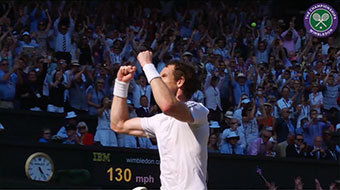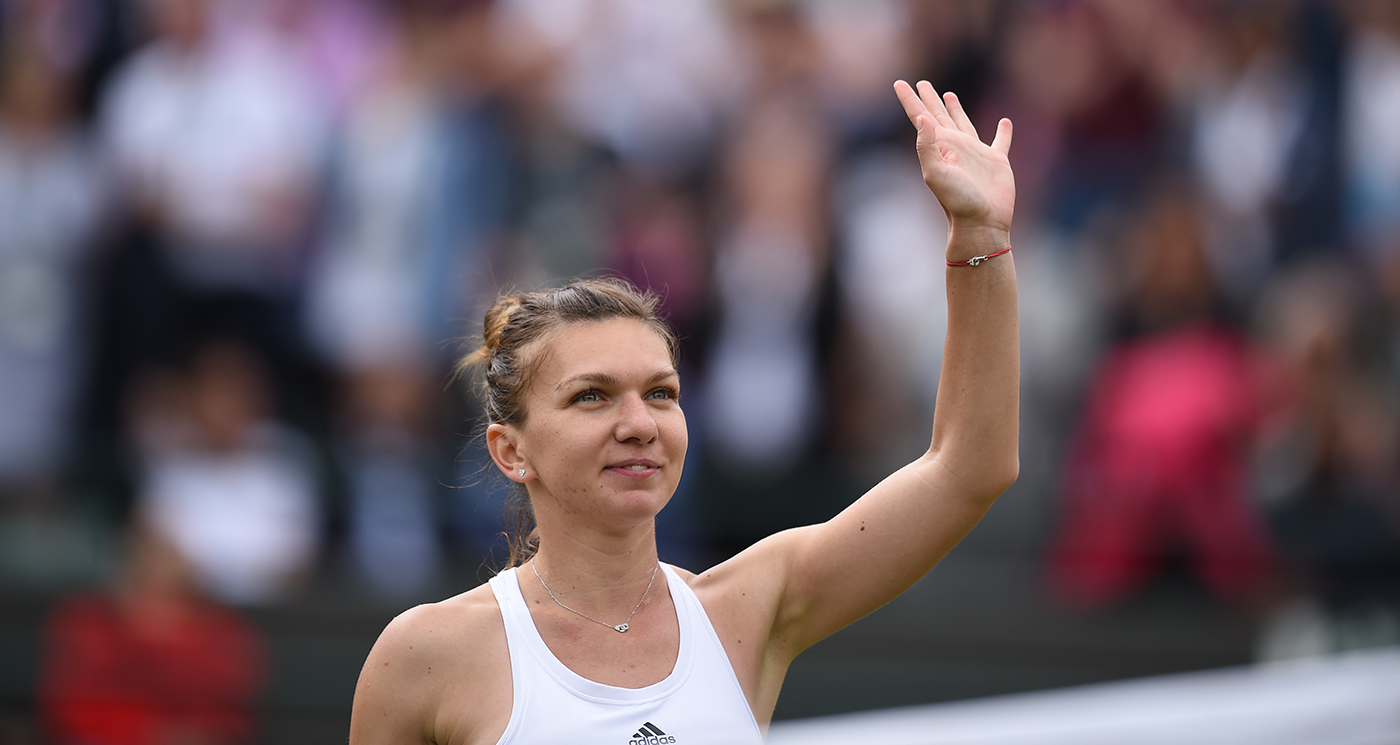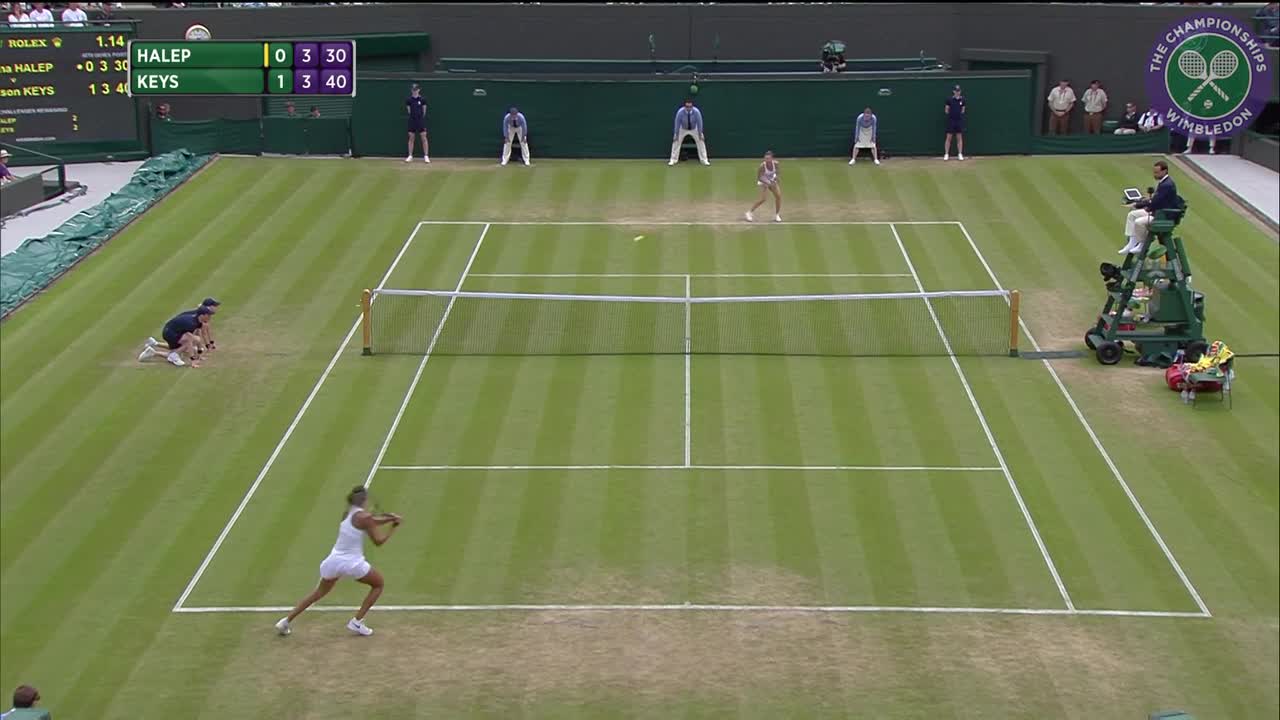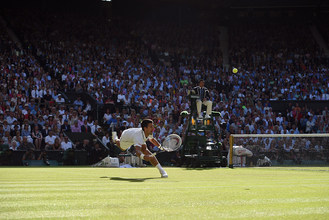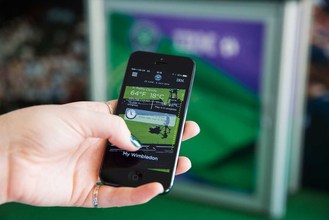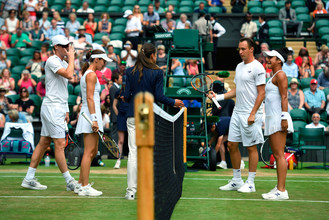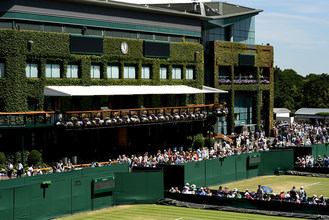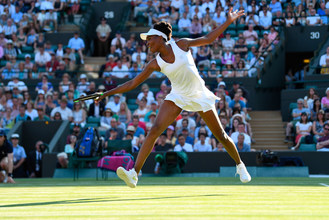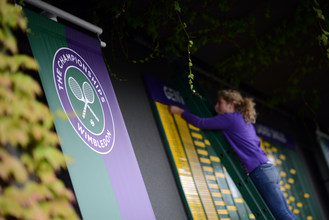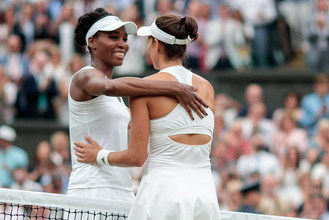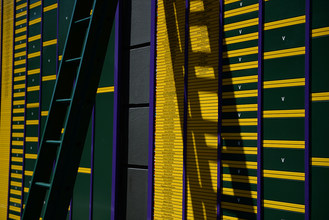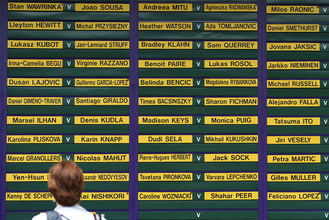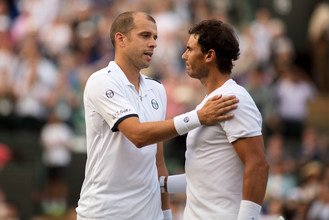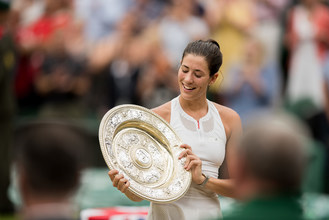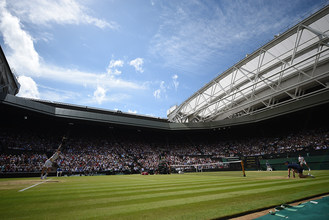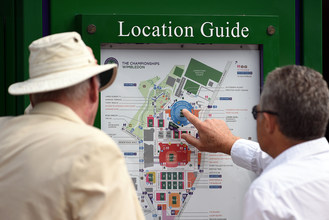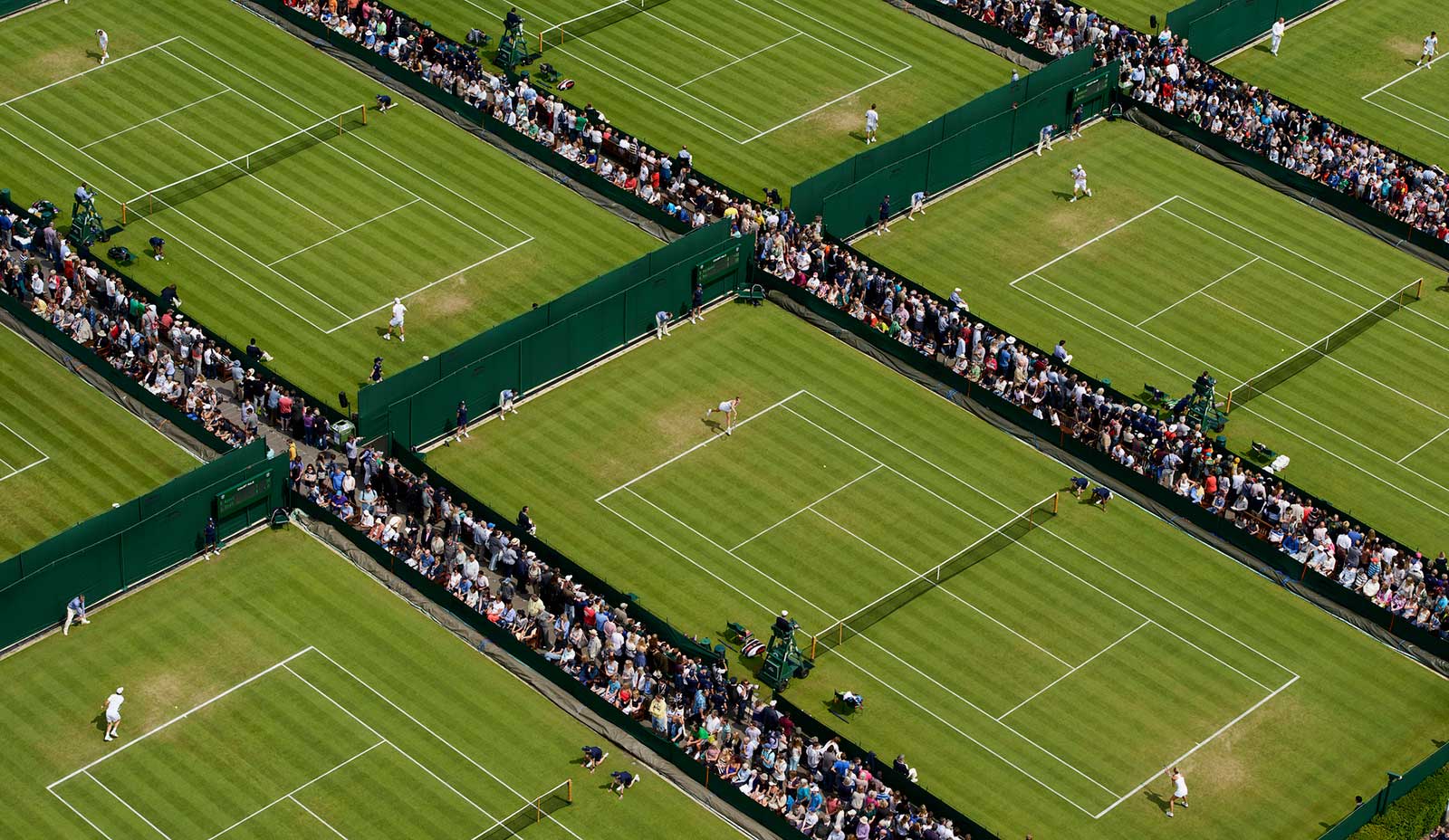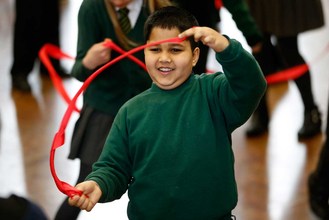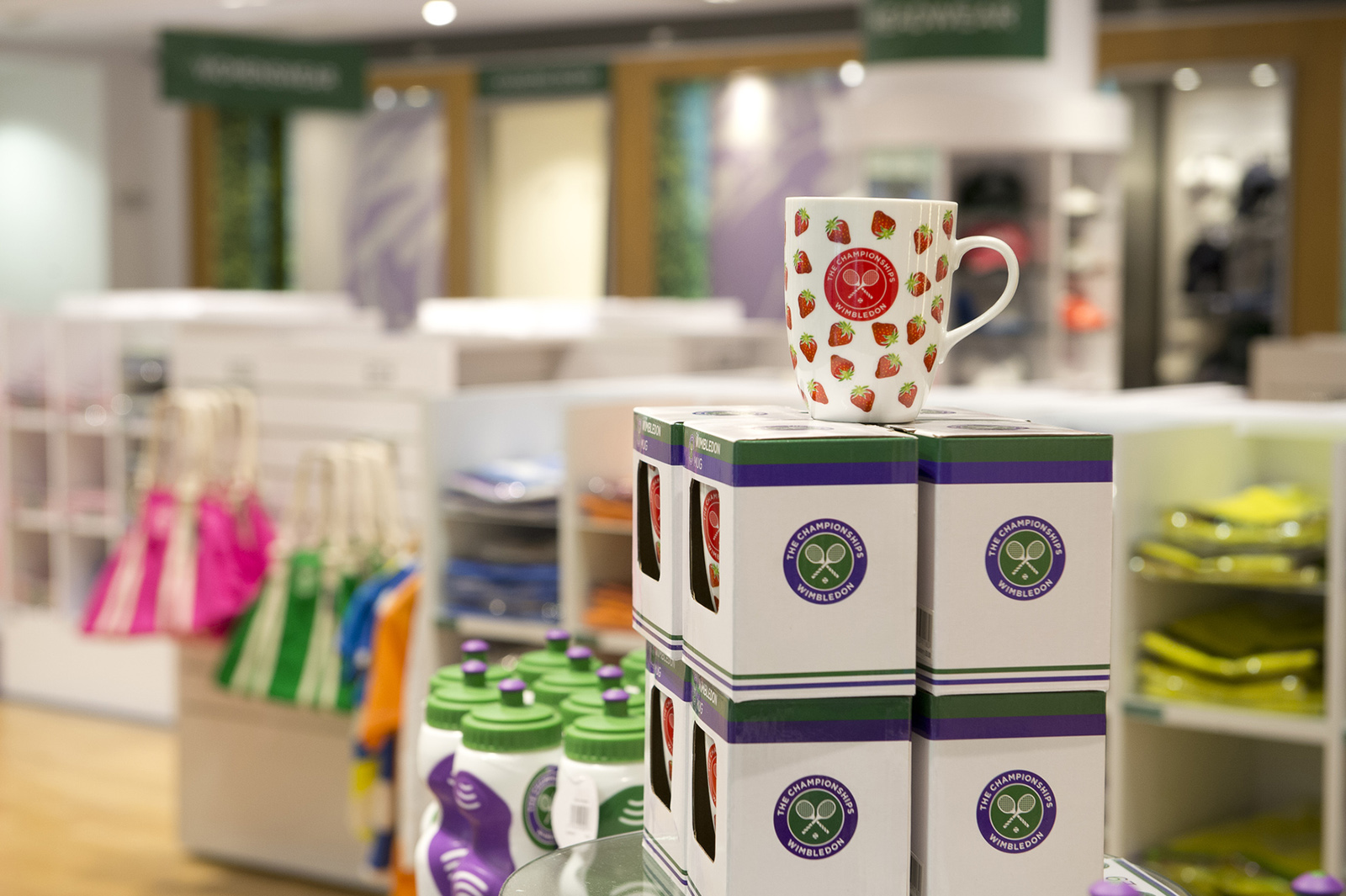Follow the latest news and scores from Wimbledon 2016 on Wimbledon.com or Apple TV, or download the official IOS or Android apps for smartphone and tablet
As all the attention has been focused on the oldies but goldies in the draw (the Williams sisters at 34 and 36, Svetlana Kuznetsova at 31) the young hopefuls, of the ladies' singles appear to have been overlooked.
Simona Halep did her best to redress that balance as the 24-year-old from Romania reached the second Wimbledon quarter-final of her career with a 6-7(5), 6-4, 6-3
NoSuchKeywin over 21-year-old Madison Keys. It was not so much a case of experience telling against the exuberance of youth (although Halep has made more of a habit of getting to the sharp end of major tournaments) but, rather, two good legs are better than one.
By the end of the match, Keys was limping with what appeared to be an achilles problem while Halep was cruising. It could have been so very different but Keys let slip her early lead and Halep, a battler to her very core, simply would not give up the fight.
It was one of those matches – and it happens from time to time in both the women’s and the men’s game – where there were long spells during which neither player could hold serve to save themselves.
As one wag in the press room sighed as a deadline approached: “and there she stands, receiving for the set…”. For some reason, these fits of serving jitters inevitably coincide with edition time for some newspaper, somewhere in the world.
Anyway, for eight games, both women were doing exactly what was expected of them – Halep scampering and retrieving, being efficient and accurate; Keys was thumping and clumping and hitting winners and errors in equal measure (she hit a staggering 48 of the latter to 32 of the former over the course of the three sets). But break points were there none. And then it all went a bit pear shaped.
Four consecutive breaks of serve left the first set on a knife edge. Halep edged her nose in front, whipping up a defensive lob on break point that sailed over Keys’s impressive reach and landed on a sixpence just an inch or so inside the baseline. She was rather happy with that. She was less so with the suicidal leave in the very next game – she could have stuck her racket out to intercept a Keys forehand, thought better of it and then looked aghast as the ball fizzed down the line for a winner. Oh, oops.
Keys is what my grandmother would call “too strong for light work”. From the very start of her career, everyone could see that she had power – the serve and the forehand are fearsome weapons – but it was just harnessing that strength that was the problem. Many have tried but few have succeeded and Keys has turned to many different coaches to find a solution.
Currently working with Thomas Hogstedt, he has tried to introduce a little wiggle room, some margin for error, in Keys’s play but he has had limited success. When Keys clumps the ball, it stays well and truly clumped. On a good day, it will paste the lines; on a bad day it will hit Row Z in the stands.
This ladies’ excuse me on serve was becoming a pattern: Keys fluffed a forehand to drop her serve in the next game and then clattered a forehand return to break Halep in the game after that. She held her nerve in the tie-break, got the early break in the second set but then lost it again a couple of games later. This was turning into a new sport entirely: first person to hold serve wins.
That person turned out to be Halep as Keys, now hobbling with that injury, just could not keep pace with the No.5 seed, try as she might. And she did try but after every attempted sprint across the baseline, she pulled up sharpish and winced. Her moment had been and gone.
So Halep lives to fight another day and now takes on Angelique Kerber for a place in the semi-finals.

